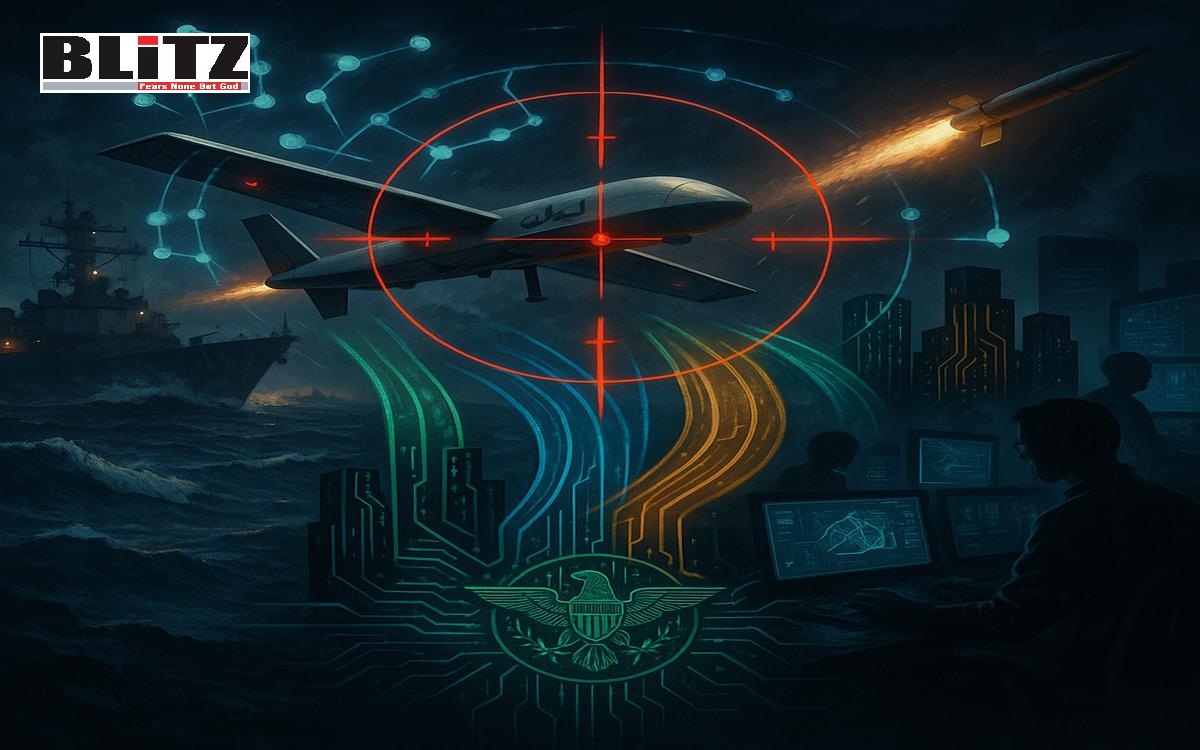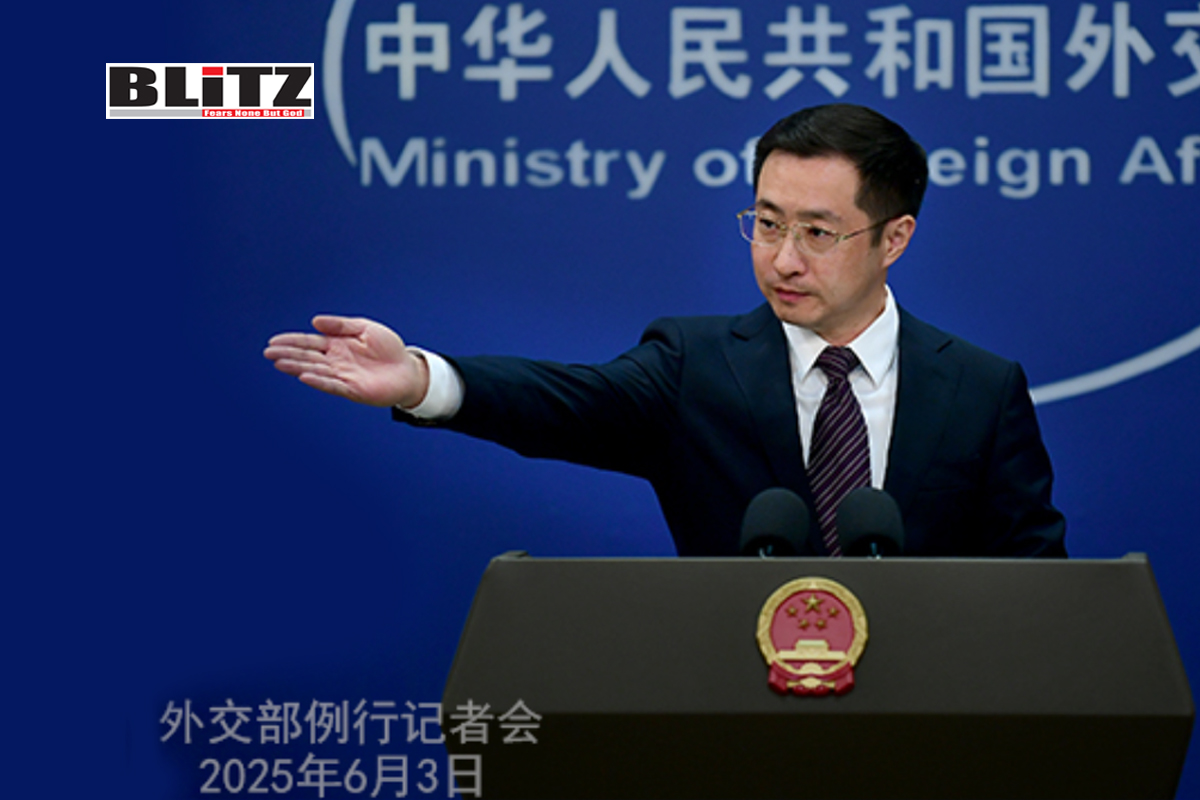In recent years, the US military has confronted a new kind of challenge: the proliferation of low-cost drones and missiles, such as those deployed by Houthi forces in the Red Sea. These attacks, which have targeted both commercial shipping and US naval assets, have underscored the urgent need for a more agile and cost-effective approach to defense. While the frequency of attacks has diminished for now, US Central Command has cautioned that current strategies for addressing these evolving threats are neither sustainable nor sufficient in the long term.
A central problem is the growing mismatch between the cost of countering these inexpensive, mass-produced threats and the resources required to do so. The US has often found itself expending costly munitions to neutralize relatively inexpensive drones—a dynamic that is fiscally unsustainable. Beyond the immediate financial strain, there remains a critical technological gap: the US military lacks the rapid artificial intelligence (AI) capabilities needed to identify, assess, and respond to these threats in real time.
The Funding Challenge and the Need for Speed
At the heart of the issue is the rigidity of the military’s acquisition and funding mechanisms. The Department of Defense (DoD) relies on distinct categories of funding—research and development, procurement, operations and maintenance, among others—each with its own rules and limitations. This system, while designed to ensure oversight and accountability, can slow the pace at which new technologies are developed, tested, and deployed.
Modern defense challenges, particularly in the realm of AI and software, require the ability to rapidly access and reallocate resources. For the military to stay ahead of emerging threats, it must be able to tap into different pools of funding at the “speed of relevance,” directing investments where they are most urgently needed. Empowering the DoD with this flexibility is essential for accelerating the development of advanced AI systems.
Leveraging America’s Free Market Advantage
This challenge also presents a significant opportunity. Unlike some competitors that rely on centralized, state-driven models of innovation, the US has a vibrant private sector that excels at technological advancement. The defense industry, working in concert with leading software firms, is well-positioned to deliver cutting-edge solutions—provided it receives the right incentives and support.
Facilitating access to various funding streams for AI development would send a strong demand signal to private industry, encouraging companies to innovate and compete. In an era of tight budgets and heightened scrutiny on defense spending, leveraging the free market is both a strategic necessity and a fiscal imperative. By fostering competition, the military can ensure that taxpayer dollars are spent efficiently while driving rapid progress in the technologies that matter most.
The Central Role of Data and Adaptable AI
Success in future conflicts will hinge not simply on superior weaponry, but on superior information and the ability to act on it. Battlefield awareness, powered by flexible AI systems, allows the military to make sense of vast amounts of data and respond with precision. For instance, data gathered from recent encounters with drone and missile threats in one part of the world can inform responses to similar challenges elsewhere, whether in maritime, air, or cyber domains.
However, this potential can only be realized if the military is able to break down silos and encourage interoperability across its various branches and partners. Just as servicemembers are trained using real-world scenarios, AI systems must learn from actual operational data. This means not only acquiring high-quality data, but also ensuring the infrastructure and software exist to process it quickly and accurately. The speed at which new AI systems can be developed and deployed may well determine future outcomes on the battlefield.
Policy Innovation: The FAST Act
Recognizing these needs, policymakers are taking steps to adapt. The proposed FAST Act (Flexible Acquisition and Software Transformation Act) aims to grant the DoD greater agility in accessing and applying a variety of funding sources for AI and software innovation. By reducing bureaucratic delays and empowering decision-makers to respond in real time, such initiatives seek to bridge the gap between technological potential and operational necessity.
The Stakes in Tomorrow’s Security Environment
The threat landscape facing the US and its allies is increasingly characterized by complexity and unpredictability. From drones and hypersonic missiles to cyberattacks and electronic warfare, adversaries are deploying a wide array of tools designed to exploit any weaknesses. In this environment, the side that can process information faster—and convert it into actionable insights—will hold a decisive advantage.
To maintain its edge, the US military must make the most of its core strengths: a dynamic private sector, a culture of innovation, and a willingness to adapt. Encouraging private industry to drive AI development, while equipping the DoD with the tools and flexibility it needs, is not just smart policy—it’s an operational necessity for the modern era.
The future of national defense will not be determined by who has the largest arsenal, but by who can harness data and technology to anticipate and counter threats most effectively. By unlocking the power of the free market and streamlining the path from innovation to deployment, the United States can ensure it is prepared to meet the challenges of tomorrow—on the battlefield and beyond.
Please follow Blitz on Google News Channel
Hanzalah Choudhury is a Computer Engineer from the Wu Yee Sun College of the Chinese University of Hong Kong (CUHK). He is currently an Artificial Intelligence researcher at the Department of Computer Science and Engineering of CUHK, alongside pursuing further studies aiming at a Ph.D. He specializes in Artificial Intelligence and VLSI (Very-large Scale Integrated) Design.
Email:
to-secure-the-future-the-us-military-must-embrace-free-market-innovation-in-ai















Leave a Reply